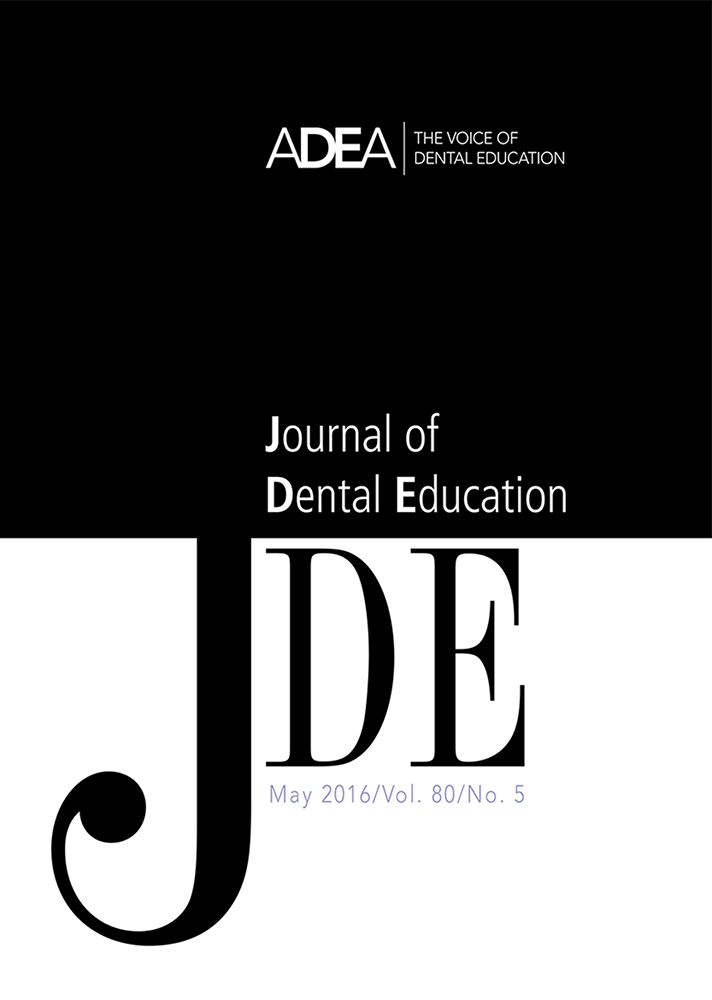Leadership in Dental Hygiene Degree Completion Programs: A Pilot Study Comparing Stand-Alone Leadership Courses and Leadership-Infused Curricula
Abstract
The aim of this study was to define the extent to which leadership and leadership skills are taught in dental hygiene degree completion programs by comparing stand-alone leadership courses/hybrid programs with programs that infuse leadership skills throughout the curricula. The study involved a mixed-methods approach using qualitative and quantitative data. Semi-structured interviews were conducted with program directors and faculty members who teach a stand-alone leadership course, a hybrid program, or leadership-infused courses in these programs. A quantitative comparison of course syllabi determined differences in the extent of leadership content and experiences between stand-alone leadership courses and leadership-infused curricula. Of the 53 U.S. dental hygiene programs that offer degree completion programs, 49 met the inclusion criteria, and 19 programs provided course syllabi. Of the program directors and faculty members who teach a stand-alone leadership course or leadership-infused curriculum, 16 participated in the interview portion of the study. The results suggested that competencies related to leadership were not clearly defined or measurable in current teaching. Reported barriers to incorporating a stand-alone leadership course included overcrowded curricula, limited qualified faculty, and lack of resources. The findings of this study provide a synopsis of leadership content and gaps in leadership education for degree completion programs. Suggested changes included defining a need for leadership competencies and providing additional resources to educators such as courses provided by the American Dental Education Association and the American Dental Hygienists’ Association.




